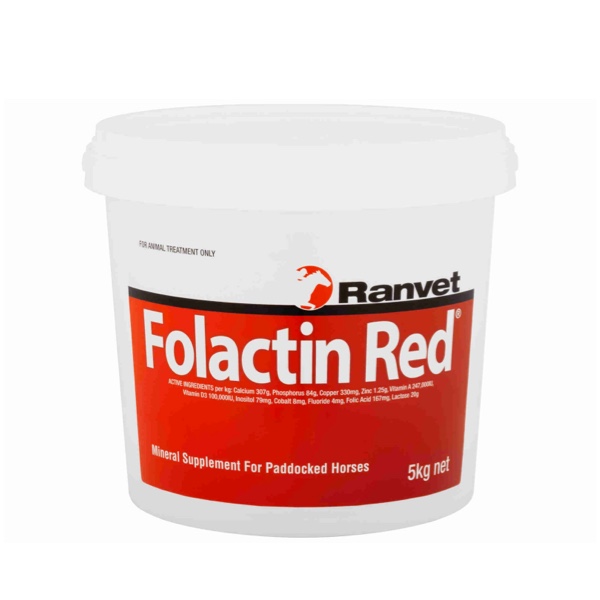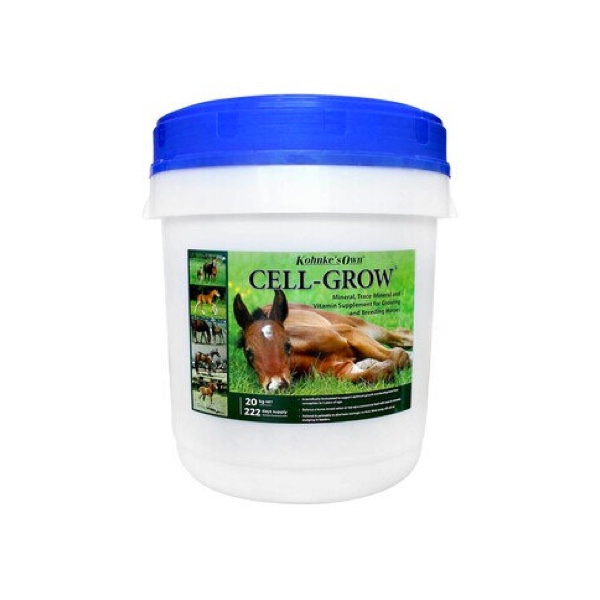Mammary gland problems in the mare are thankfully not common, however occasionally some issues can arise including; mastitis, abnormal milk production, discharge, swellings, lumps and ulceration.
The horse has two mammary glands and two teats, which are quite small, unlike the cow (which has four large teats). The technique for milking a horse is also quite different to a cow and there are two holes in the tip of each teat that don’t always point in the same direction. Collecting milk into a jug to feed a foal can be a challenge and a bit messy! Contact your vet or produce store for tips and perhaps a ‘milking apparatus’ should you ever find yourself in this position.
Mastitis
Mares rarely suffer from mastitis but it can occur in maiden mares, barren mares, mares feeding a foal, after the loss of a foal or after weaning. The signs for mastitis include large, swollen mammary glands, often hot and painful to touch and sometimes with chunky or blood-tinged discharge coming from the opening of the teats. The mare can develop a fever and feel unwell.
Treatment includes antibiotics (it may be helpful for the vet to get a sample of milk to culture the bacteria that is causing a problem so that antibiotic selection is appropriate); anti-inflammatory pain relief and milking out the infected discharge/milk from the gland – this last step isn’t always easy and unless you use the appropriate technique may be counterproductive.
Hot packs and cabbage leaves may help with swelling but are awkward and time consuming to apply (cabbage leaves act like a poultice and draw fluid from the swollen tissue, much easier to apply if your patient is wearing a brassiere).
Most mares will recover with appropriate treatment and it is uncommon for it to recur (but possible).
Rarely, an abscess can develop in the mammary gland. Abscesses are usually painful and either need to be lanced or require long-term antibiotics. This is rarely a problem in Australia but can be seen more commonly overseas secondary to ‘Pigeon Fever’ (Corynebacteria pseudotuberculosis) or Tuberculosis (Mycobacteria spp).
Abnormal Milk Production
‘Bagging up’ is a term used to describe mares whose mammary glands are becoming enlarged due to increased glandular development and milk production.
This is a normal process in a mare that is preparing to have a foal, usually in the two weeks prior to giving birth (can start one month prior to giving birth), but sometimes not until the foal is born (or rarely and frustratingly several days afterward!).
Dripping or running milk prior to the foal being born is never a normal process and often means that the small supply of colostrum (‘first milk’ that contains protective antibodies and other ingredients for the foal) is being lost on the ground and the foal, once born, becomes high risk for developing infections (joint ill, umbilical abscess, pneumonia, septicaemia). You should always consult your vet if your mare runs milk before the foal is born.
If your mare ‘bags up’ when the due date of the foal is more than three weeks away, call your vet straight away. Early mammary development can be a sign of problems with the foal (i.e. an infection of the placenta, the presence of twins) and to save the pregnancy, veterinary intervention and medication are often required.
Occasionally mares that are not pregnant start producing milk. One cause for this is abnormal hormone production from one of the hormone producing glands in the body (i.e. secondary to Cushing’s Disease) and is sometimes due to a tumour forming in that gland, but not always. Another, more common cause, is ingestion of ‘phyto-oestrogens’ – hormones produced in plants (i.e. some types of clover) that act like milk-producing hormones in the horse. Usually changing the food source will resolve the problem in this case.
Lumps and bumps and ulcers
‘Smegma’ is a normal build up of crusty material that can sometimes be found in the crevice between the two mammary glands. This is just an accumulation of skin cells, sweat and dirt and easily peels or washed away and there should be no pus or ulceration of the underlying skin.
Ulceration (looks like ‘exposed flesh’ and tends to be sunken below the level of the skin, not raised up like a lump) – this is especially a concern in white/pink unpigmented skin as it may be squamous cell carcinoma (skin cancer). These lesions should be checked by a vet ASAP. Another possibility here is ‘summer sores’ caused by larvae from the Habronema worm being deposited by flies, usually in already moist skin, which causes a local reaction. Very rarely, the fungal-like organism Pythiosis (or ‘swamp cancer’) can also cause this reaction.
Lumps – always have lumps checked by a vet. We cannot always tell what they are just by looking at them though and often have to take a sample (biopsy) to confirm whether they are going to be a problem. Some common problematic causes of lumps in this area include sarcoids and various types of tumours (i.e. soft tissue sarcoma). Melanomas, especially in grey horses, may be seen but usually aren’t as concerning as sarcoids and sarcomas unless they are going to interfere with milk let down or the foal’s ability to nurse.
Swelling in front of the mammary glands – this is commonly seen in late-term pregnant mares (usually mares that have had several foals already) and is just fluid collecting under the skin that is having trouble draining away because the lymphatic system is stretched and the baby is preventing good drainage. This usually resolves quickly after birth. It should be non-painful and if you press it firmly with your finger it will leave an indent. If the mare seems unwell or painful when you push firmly it may be something more serious (i.e. ruptured prepubic tendon or protein loss) and should be examined by a veterinarian.
Other
I was called out once to examine a pregnant mare that had blood coming from the teat. When I examined the mare it did indeed look like dried blood, however the mare was chestnut and had chestnut coloured teats and it was just exfoliating chestnut-coloured cells in the developing mammary gland that caused the worrying appearance. This mare had small, non-painful teats.
In summary – always call the vet if the mare ‘bags up’ early; or if she is dripping milk prior to giving birth; or if the mammary glands are swollen and painful; or if there are any lumps or ulcers.
By Dr Christine Myers, BVSc, DACVIM


